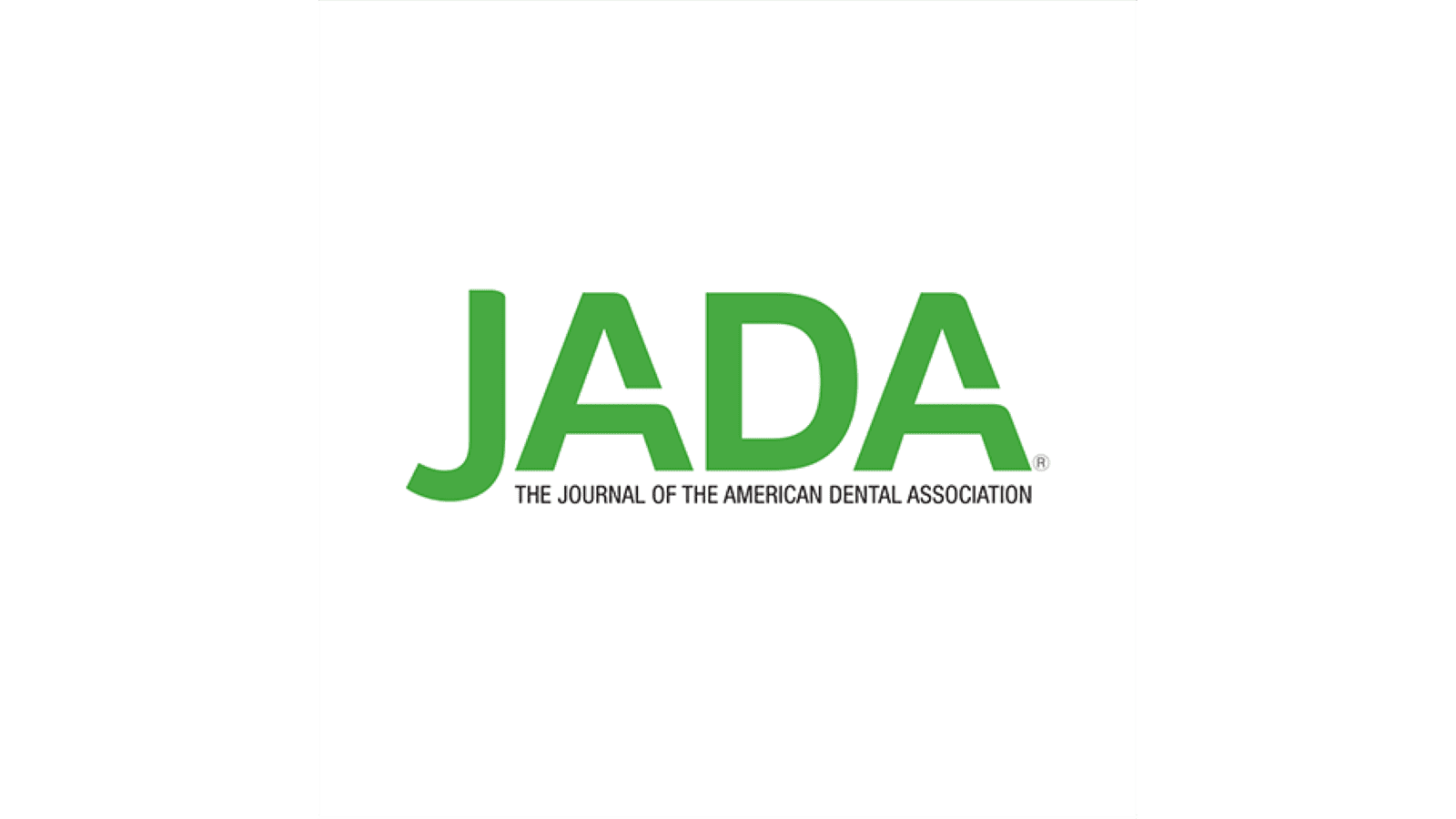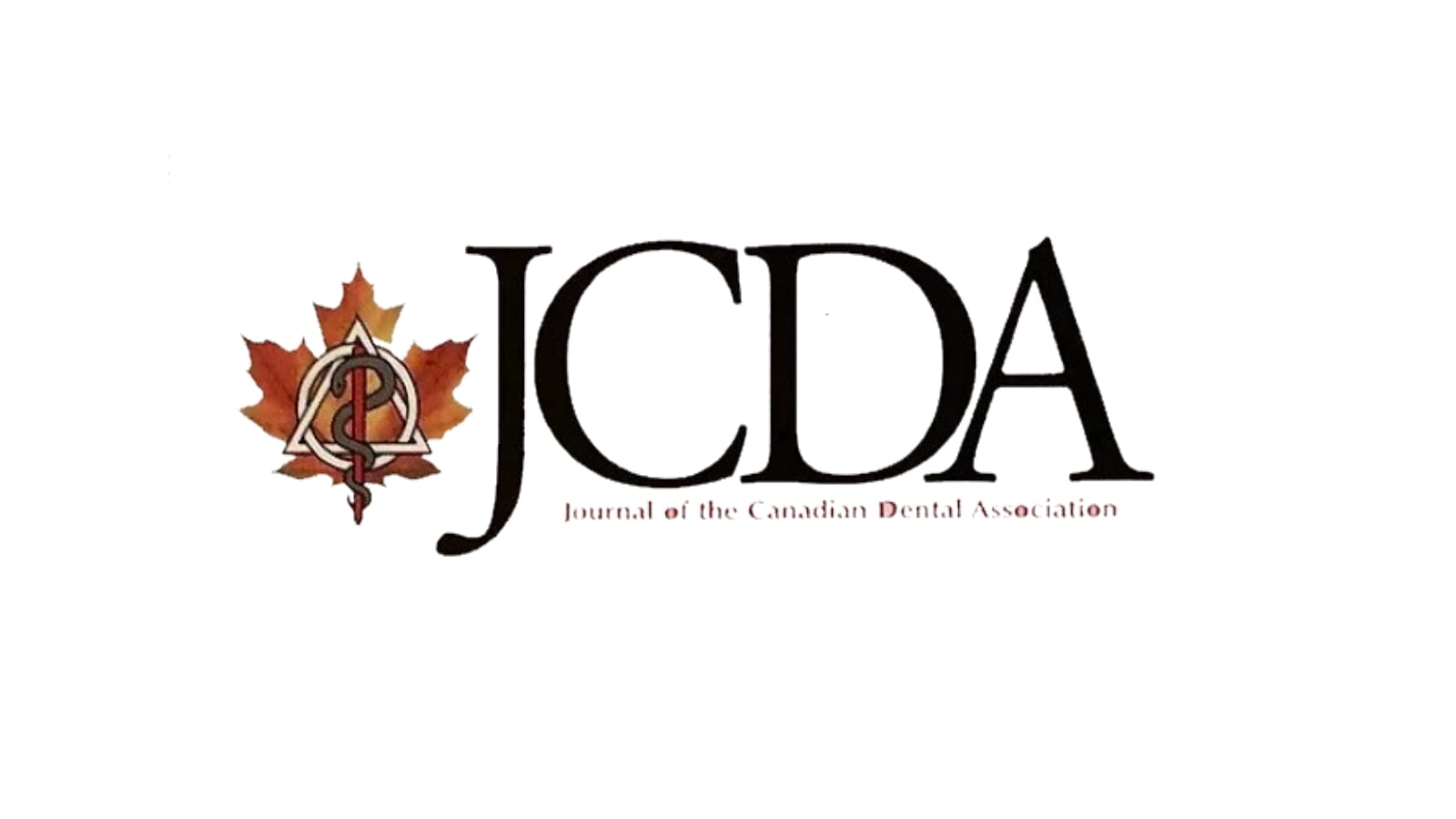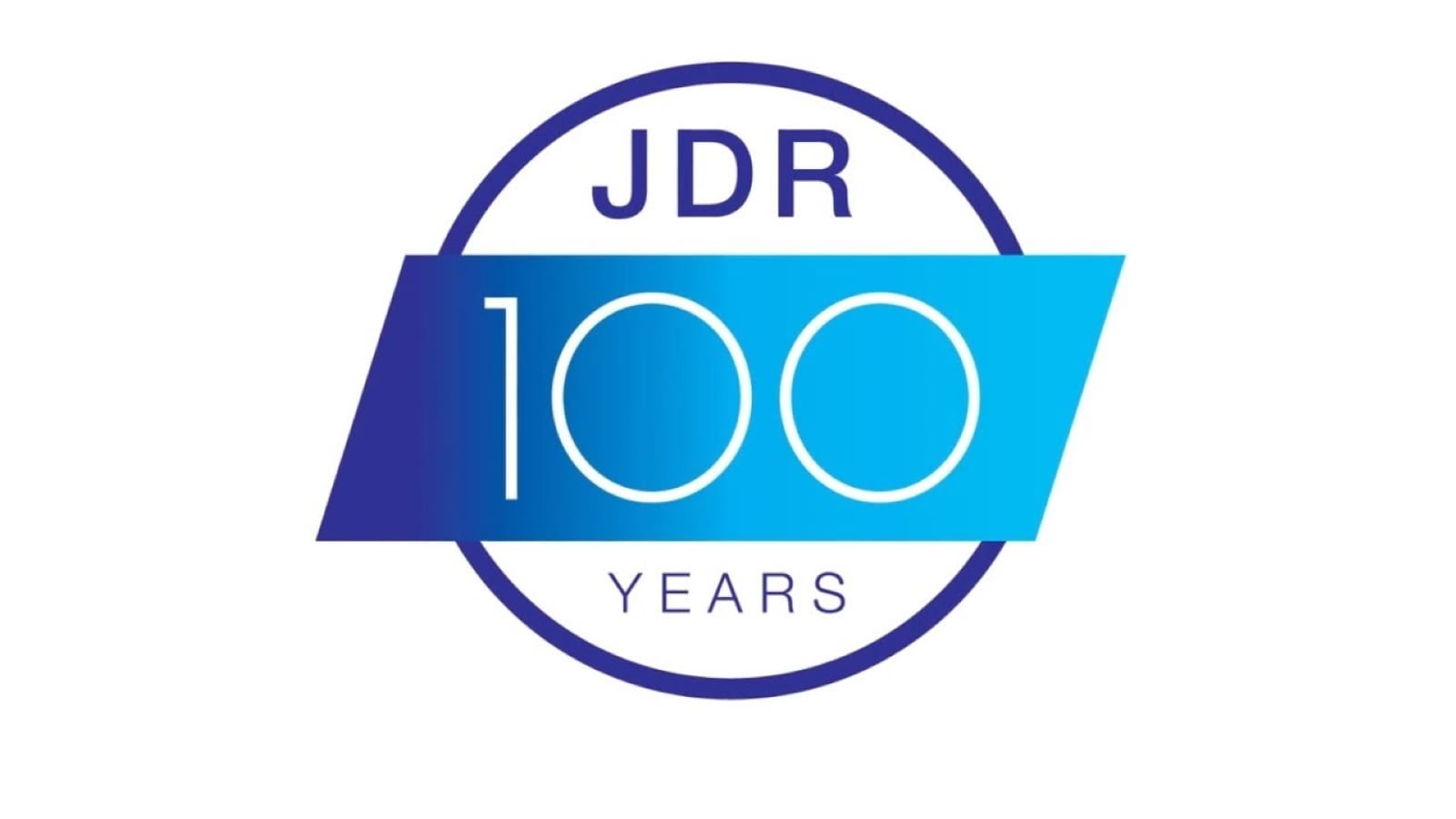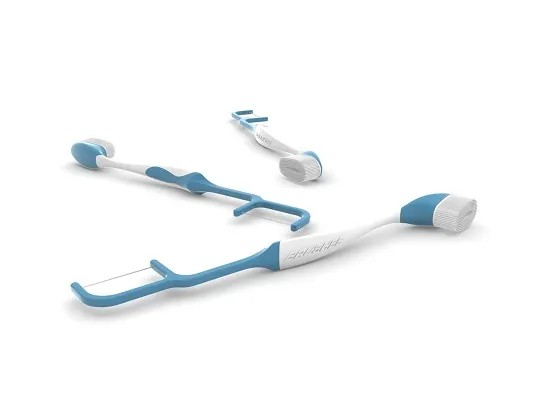How To Identify “Predatory Journals” From Authentic Ones
Practices aiming to improve their knowledge and experience often look towards journals for professional opinions, observations, and reviews of the latest products and techniques in dentistry. Often, as part of their academic profile, dentists will focus on publishing their research in the hope of sharing the information found to colleagues and other researchers within the community. Because journals help enlighten some of the most medically obscure topics, these articles give great value to an ever-growing dental community.

But a serious problem has infiltrated the development of scientific research, the future of dental researchers, and the public opinion altogether. Many know this problem as “predatory” publishing, where a journal or publishing website will accept any article submitted and asks for payment to publish. While there are legitimate journals that ask for money to print, many predatory journals won’t provide peer review services before publication and will lack in certain information, such as an about page, an editorial board, a journal index, and copyright information.
Dentists can learn more about how to evaluate a journal based on specific criteria, mainly involving how complete the website appears and how authentic its sources are. But most dentists searching for new information will find themselves in the midst of over 6000 dental journals published on the Internet, according to Dr. Glick’s article “Publish and Perish” from the JADA, meaning that they’re exposed to an inauthentic article every 24 minutes. Predatory articles don’t follow standard publishing guidelines, and luckily, the dentistry profession has become aware of these problems, allowing dentists to become more diligent with their sources and pay attention to the key clues that sound a red alarm for a predatory source.
So, how do dentists find the right sources? How can they know if the source they’re citing is legitimate? Today’s age has led to many publishing sources looking and paying for authenticity and authority through website design, marketing, and SEO tools. There are some tips you can use to become more aware of predatory sources, such as:
- Insufficient Contact Information – Look for information related to the Journal’s authenticity, such as it’s about us page, editorial board, and street address. If the information doesn’t line up with searches on the Internet, then it’s most likely not a legitimate source.
- False Editors – If you’re unable to contact the editors, or if you find that they’re unable to provide their background experience as editors, then they probably aren’t experts in the field.
- False Metrics/Index Claims – Many journals are rated by their impact factor, a method of the scientometric index that reflects the average number of citations received in articles published every two years. Those with higher impact factors have a bigger impact in the industry than low ones do, and fact-checking their claims can help make the source more authentic.
- Email Invitations – If the website, after signing up for newsletters, sends emails that appear unprofessional, poorly written, and use high amounts of flattery, then you probably shouldn’t trust it.
- Publication and Fees – If the publication produces at an increasingly high rate, has an unclear peer review process, and has confusing metrics for fees, then trust your instincts; it’s probably not a real journal.
1. The Journal of Dental Education by ADEA

The Journal of Dental Education is operated by and owned by the ADEA or the American Dental Education Association. As a peer-reviewed, monthly journal, the Journal can be accessed by ADEA members, and authors wishing to submit articles can do so by following the association’s author guidelines. Its guidelines reference specifications in word count, citations, format, and other criteria and accept topics along the lines of dental education in its topics for publication. The ADEA expands nationally as it reaches out to all 78 US and Canadian dental schools and aims to inform those within academic dentistry through education.
More Information
2. Journal of the American Dental Association

The Journal of the American Dental Association works to publish articles on all aspects of dentistry, providing general and specialty dentists with the research and educational sources they need. The JADA provides peer-reviewed research, new and upcoming information clinical information about dentistry practices, current news related to legal and business topics, among other topics. The JADA has been in operation for over 100 years, and because of its long history, the JADA has established a firm reliance for general and specialty dentists everywhere.
More Information
3. Journal of the Canadian Dental Association

The Journal of the Canadian Dental Association has been a nation-wide voice for Canada and its dentists, promoting academic advancement and leadership in oral health. As a scholarly, peer-reviewed publication, the JCDA focuses on advocacy and practice support and is an open-access publication available online. Its original clinical articles all appear online, and each article is peer-reviewed by two external reviewers and is judged along with specific criteria of dental literature that’s centered around original research and reviews. The JCDA works with its authors to provide comprehensive articles that are up to date with today’s standards of dentistry.
More Information
4. The British Dental Journal by the BDA

The British Dental Journal publishes its articles on an international scale, giving peer-reviewed research and clinical evaluations for the dental community. The BDJ is owned and operated by the British Dental Association, an organization founded in 1880 that focuses on advancing the science, arts, and ethics of dentistry. Their articles are subjected to strict peer-review guidelines and publish article categories such as opinion pieces, letters, educational articles, and case studies. Each member of their editorial board comes from astute universities, and the editorial board reviews its articles based on subjects vital to the growth of dental education for lifelong learning.
More Information
5. The Journal of Dental Research by the IADR

The Journal of Dental Research submits its articles to various journals such as Sage Journals and JSTOR and provides full membership viewing for reading up on the latest in scientific advancement in dental, oral, and craniofacial sciences. The JDR has consecutively improved their Journal impact score over the past few years, ranking it number two out of the top 90 articles from the 2018 Journal Citations Report. The JDR, owned by the International Association of Dental Research, has helped dentists gain new insights into research and science in dentistry, and the JDR has its own blog, giving a personal insight into its editors and upcoming news related to its publication.
More Information
Other journals worthy of high recommendations include the Penn State Dental Medicine Journal, the American Journal of Infection Control, and The International Dental Journal.


